The ideal itinerary covers the most important and suggestive stages that a passenger could possibly ride, from the mountains to the coast between Roman and Samnite archaeology, amphitheatres, underground cities, rural temples, remains of pictorial arts and museums.
The places of history
Back The places of history
Points of interest
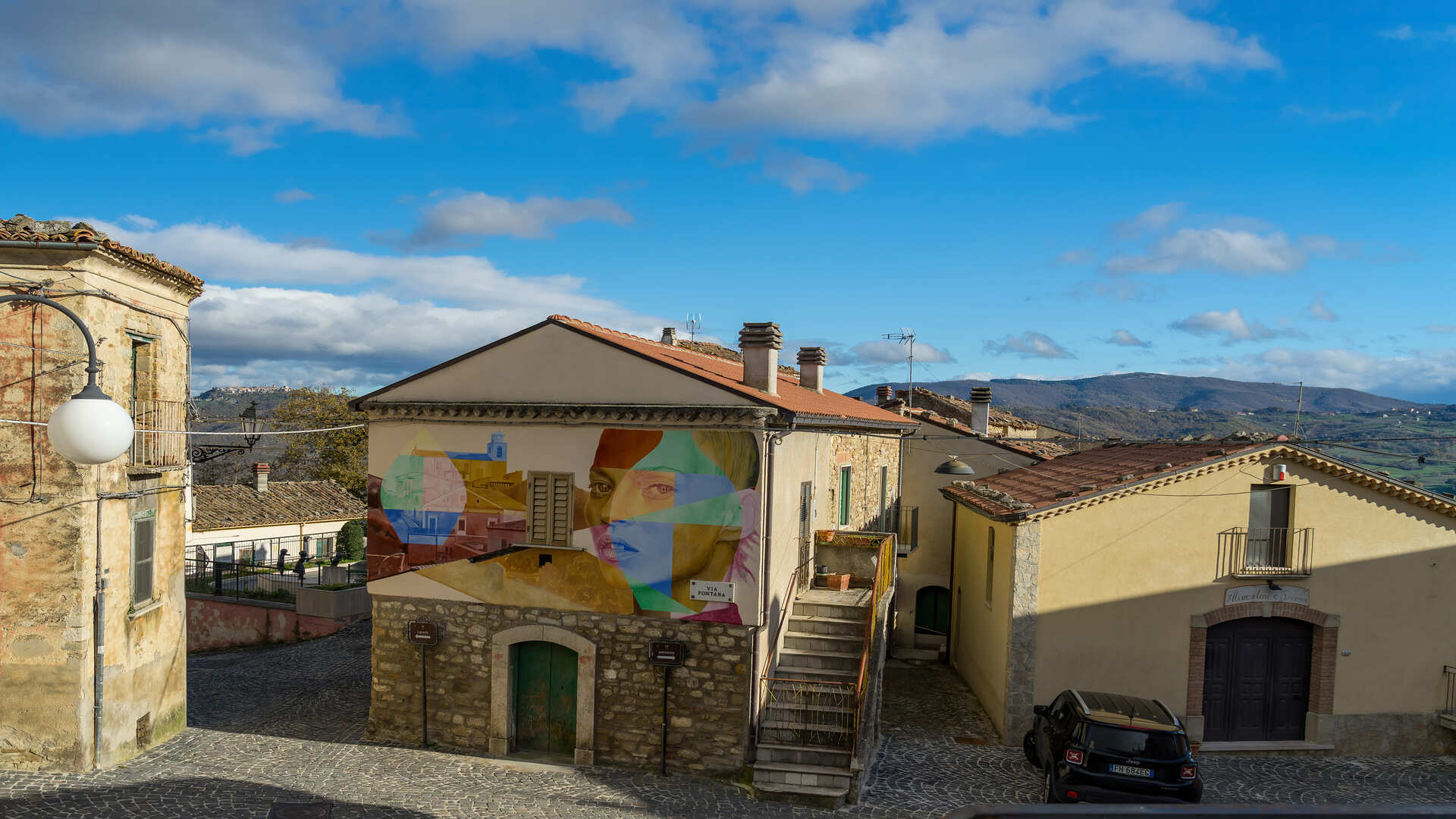

Museo della Memoria Contadina a Casalciprano
The Museum, born in 2004 and set up in the alleys of the suggestive ancient village of Casalciprano, represents a real journey through time to discover the tools of the rural tradition accompanied by contemporary sculptures and paintings. A part of the itinerary also develops inside restored houses used as exhibition rooms and this contributes to make the visit even more pleasant and welcoming.
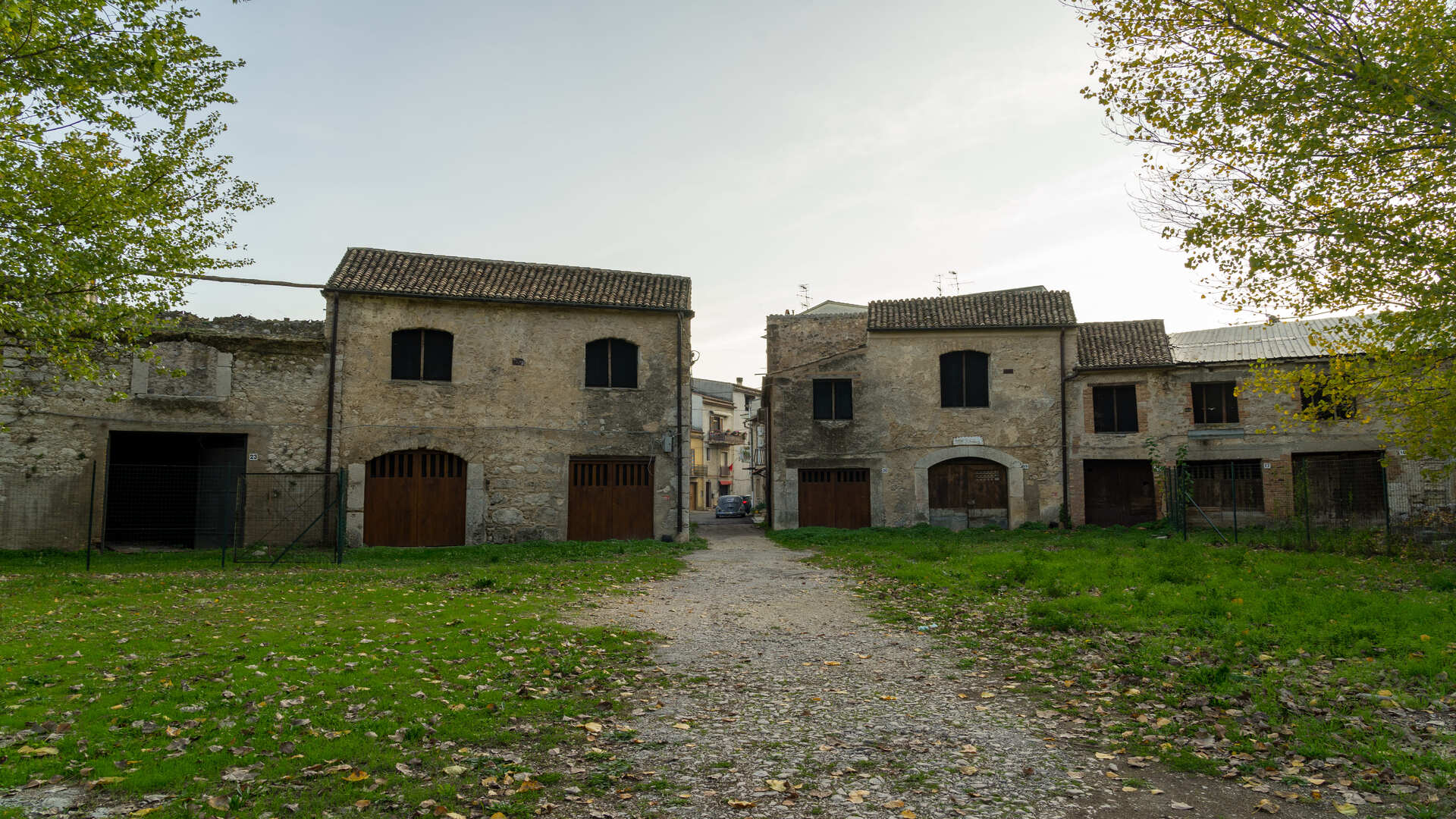

Anfiteatro Verlasce Venafro
The amphitheater of ancient Venafrum, called Verlascio or Verlasce following the vulgarization of the late antique term Perielasium (circular space), was built during the first century A.D. immediately outside the city. Preserved thanks to the overlapping of rural houses to the Roman ruins occurred during the seventeenth century, it remains perceptible the ancient volume, interrupted in three points from the access roads to the central space. There are still visible original traces of the walls in mixed work (with facings in lattice and brick) and among the most interesting materials that have emerged from the excavation there is the inscription that was reproduced on each entrance of the theater andrecalled the financial contribution made by a member of the important gens Vibia to the construction of the building.
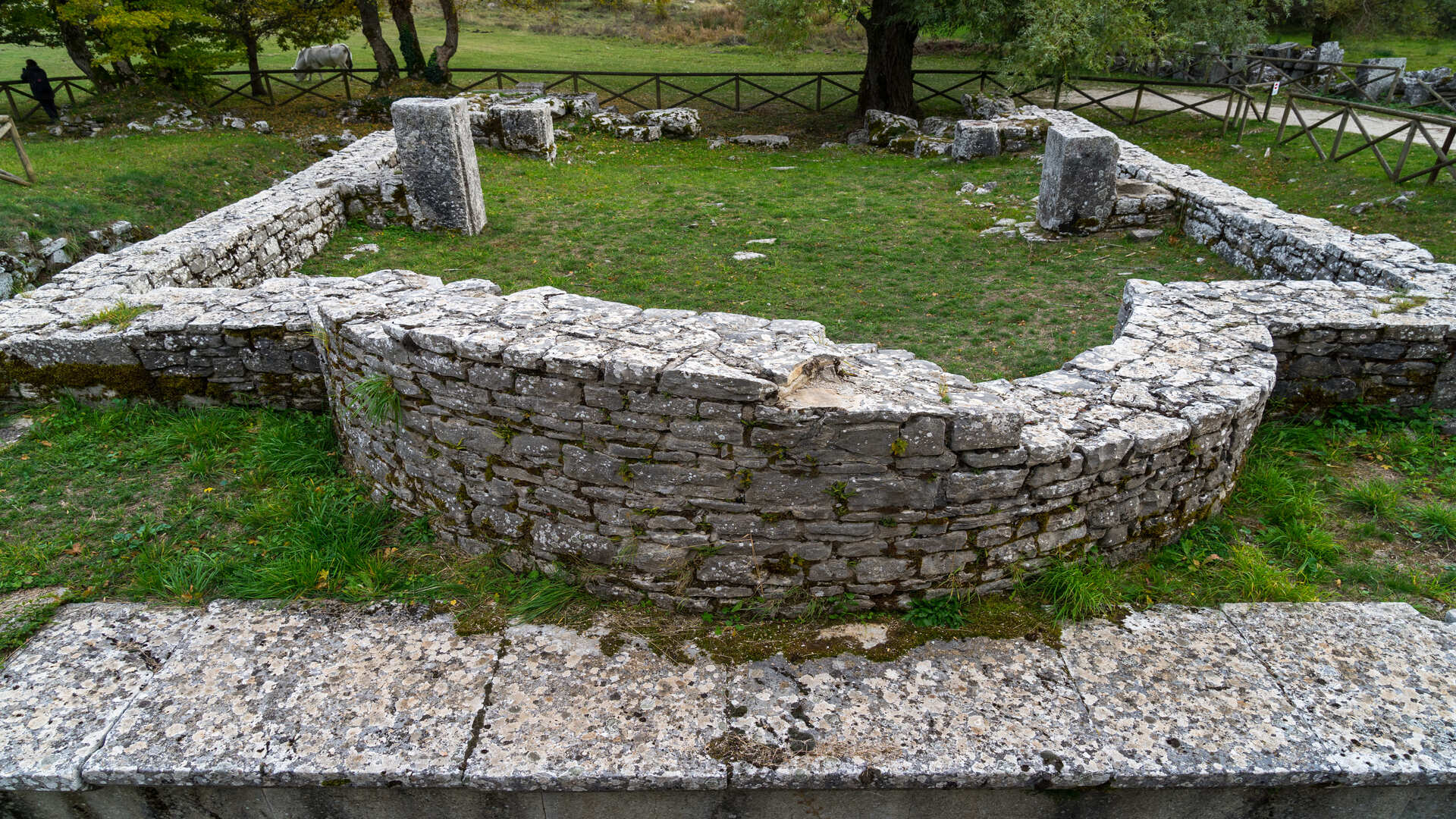

Area sacra tempio Vastogirardi
The sacred area (temple) of Vastogirardi is a Samnite sanctuary, in the locality of S. Angelo, is located about a kilometer from Vastogirardi, in the heart of Sannio pentro. The temple was built between 130-120 BC and still used in the imperial age. Among the many materials found there are a statuette of an ox, a clay plaque depicting a nose and two eyes and numerous unguentariums in glass and terracotta that have led to speculate the existence of healing rites related to the water of the nearby spring, still called "the water of the angels".
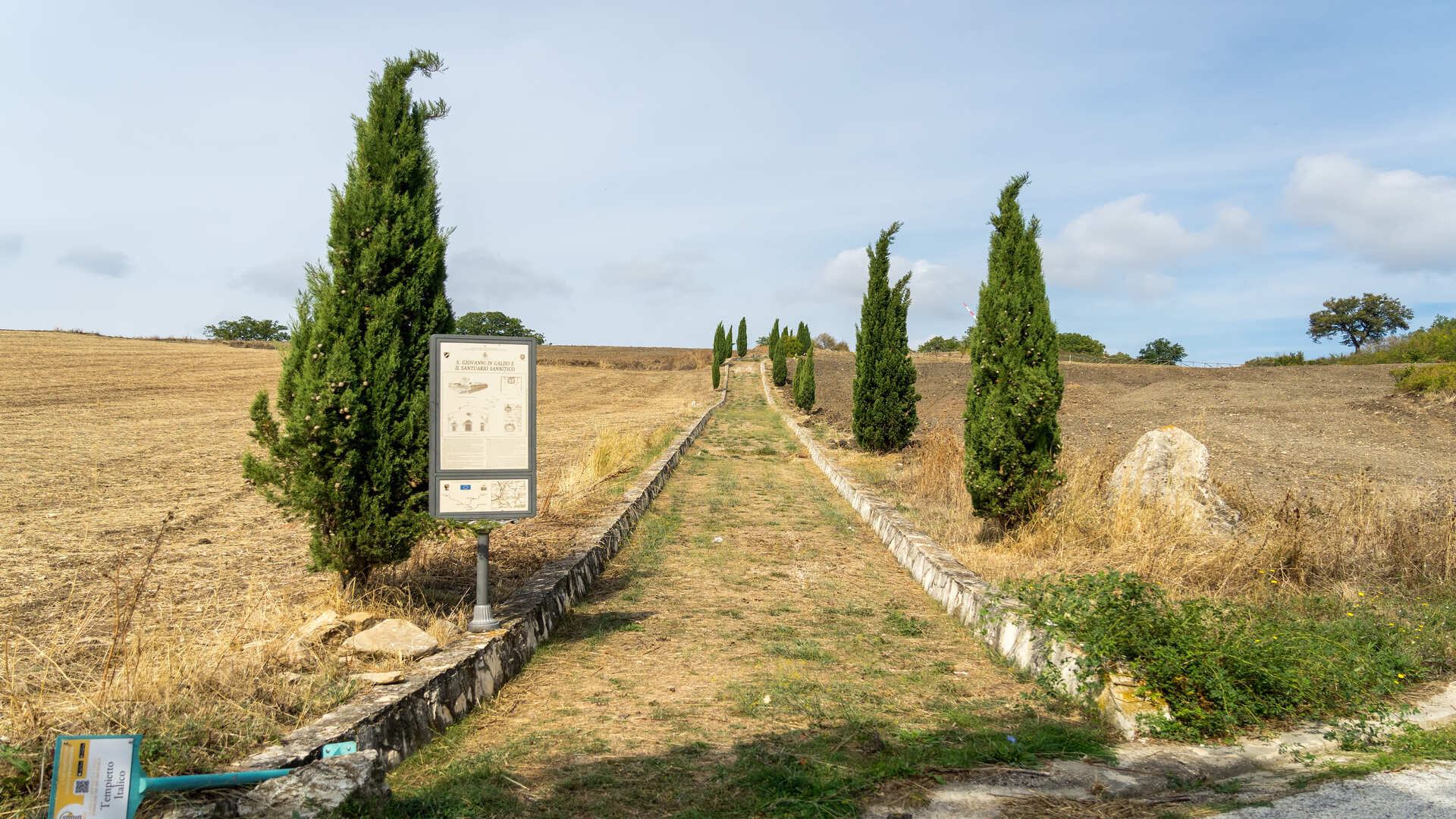

Tempio Italico San Giovanni in Galdo
The Samnite sanctuary rises on the hill of Colle Rimontato, about 1.5 km north east of the town of S. Giovanni in Galdo. The center is located in a favorable position with respect to the streets of communication with Larino, Monte Vairano and, through the valley of Tappino, with the trattural route Lucera-Castel di Sangro.
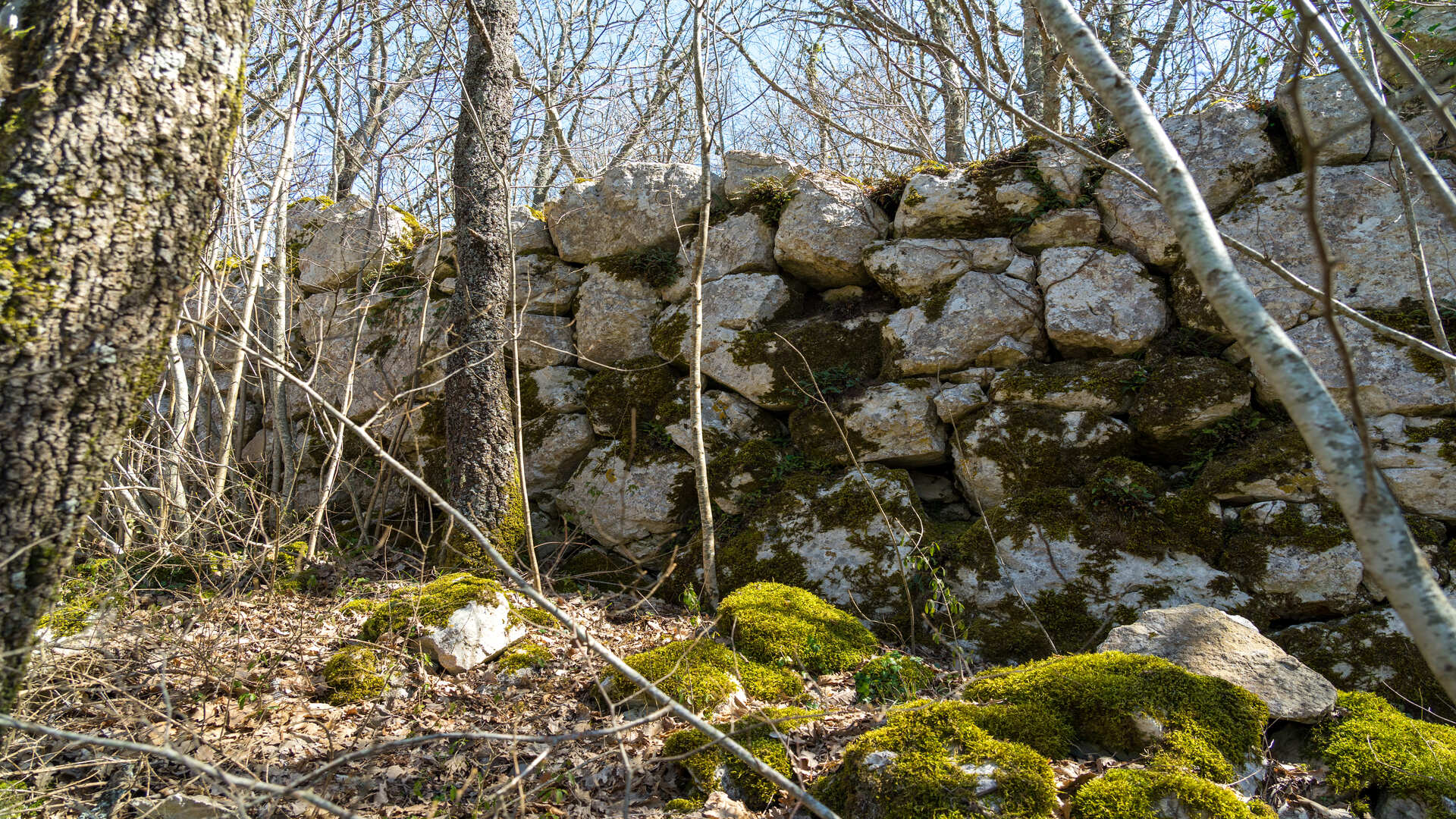

Santa Maria dei Vignali Pescolanciano
Santa Maria dei Vignali is a Samnite fortification consisting of two concentric walls that enclose an area of about 6 hectares, developing in length for 760 m. It is no coincidence that the fortification rises overlooking the Castel di Sangro - Lucera sheep trail, one of the most important of the Apennine ridge and that for a good part develops in the heart of Sannio Pentro.
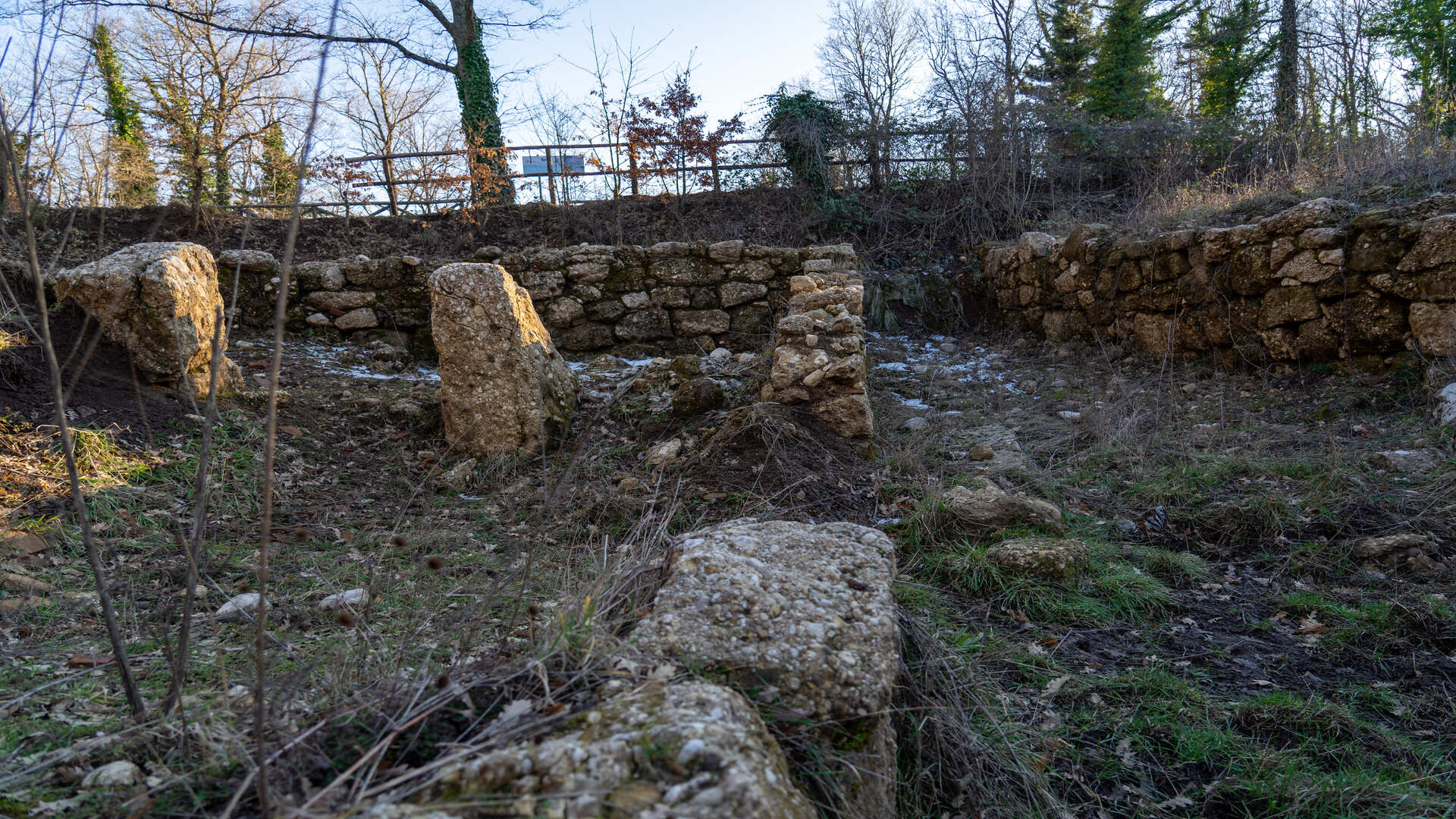

Abitato Sannitico di Montevairano Baranello
The settlement is one of the most interesting archaeological finds of the Samnite period consisting of a fortified site that covered an area of about 50 hectares surrounded by walls. The site dates back to the fourth century. a.. C. and had its full development until the sixth century. a. C.. C. The city was razed to the ground in 88 BC by Roman violence, aimed at a real damnatio memoriae.
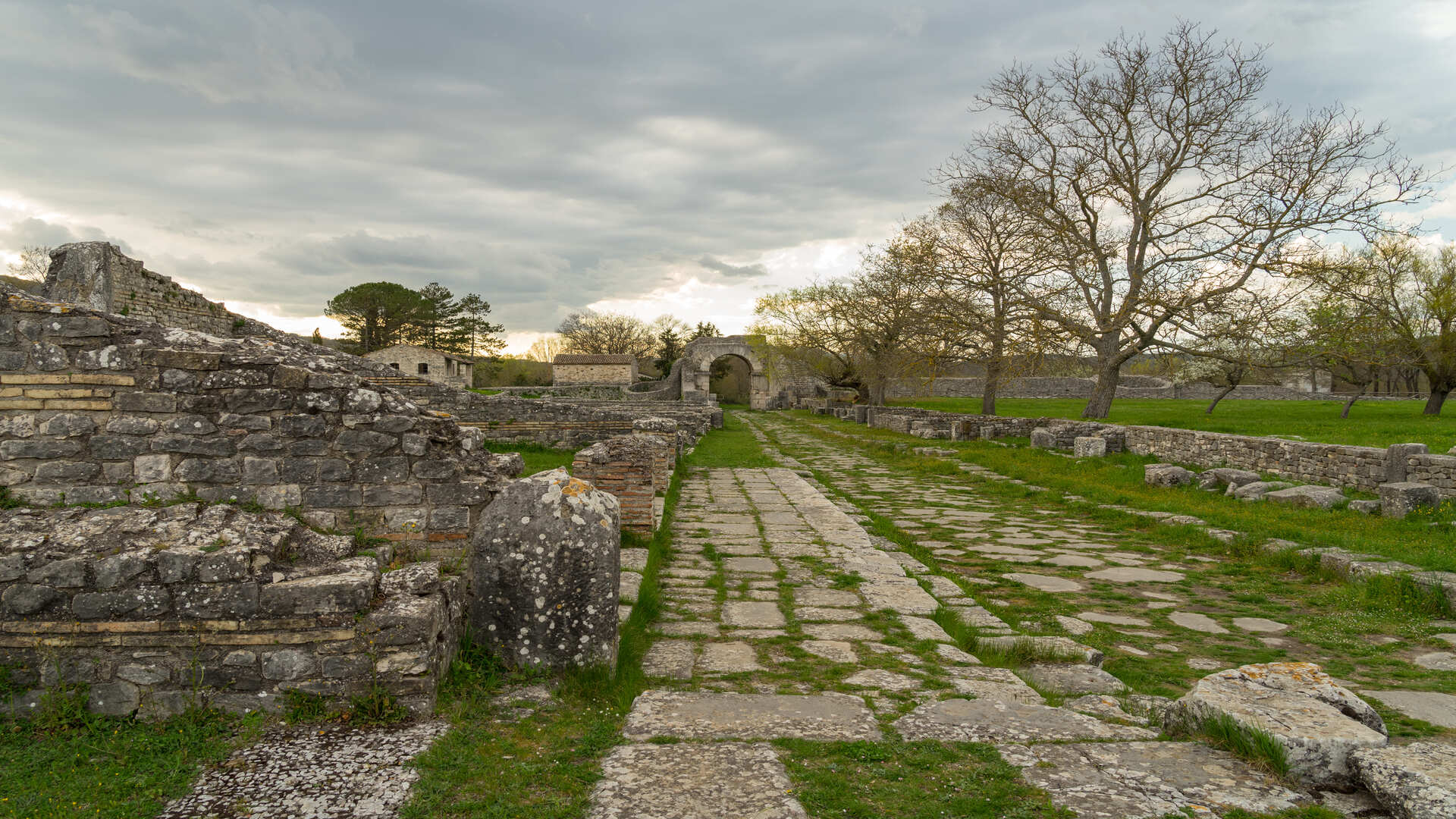

Altilia
Altilia is an archeological area that costituted the ancient Roman city of Sepino which originated from the intersection of two important roads: the tratturo Pescasseroli-Candela and the road connecting the Matese to the coast. The area occupies an area of 12 hectares with sqaure plan, surrounded by reticulated wall.
